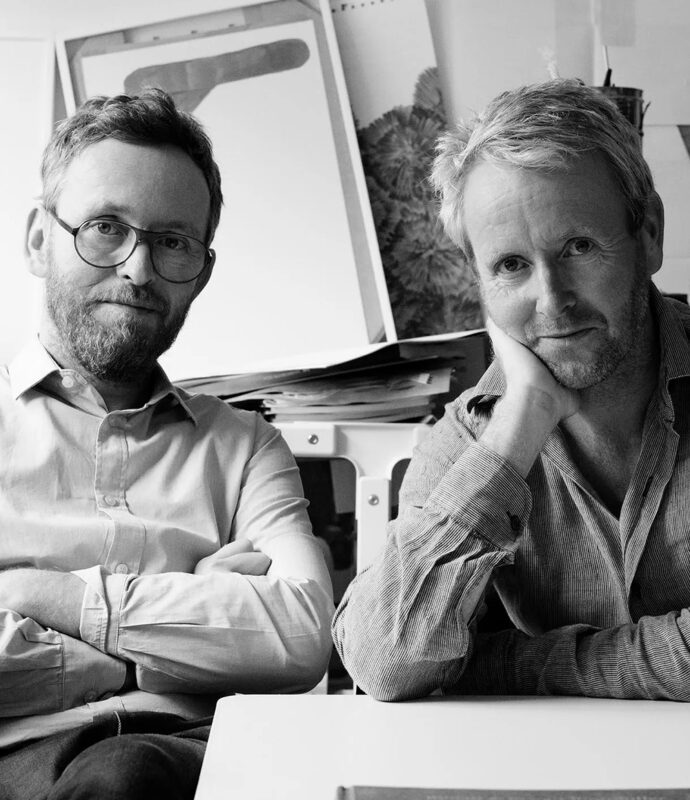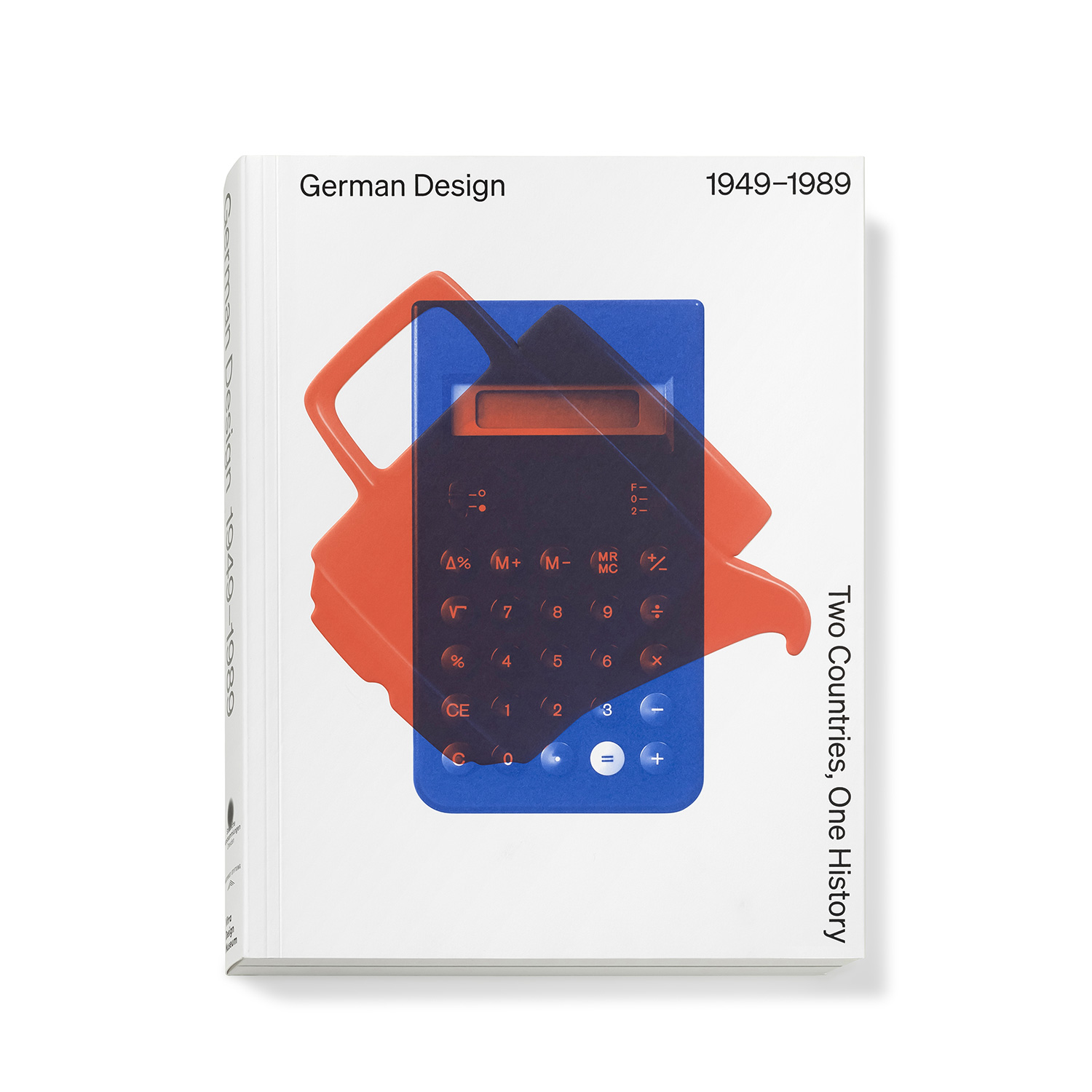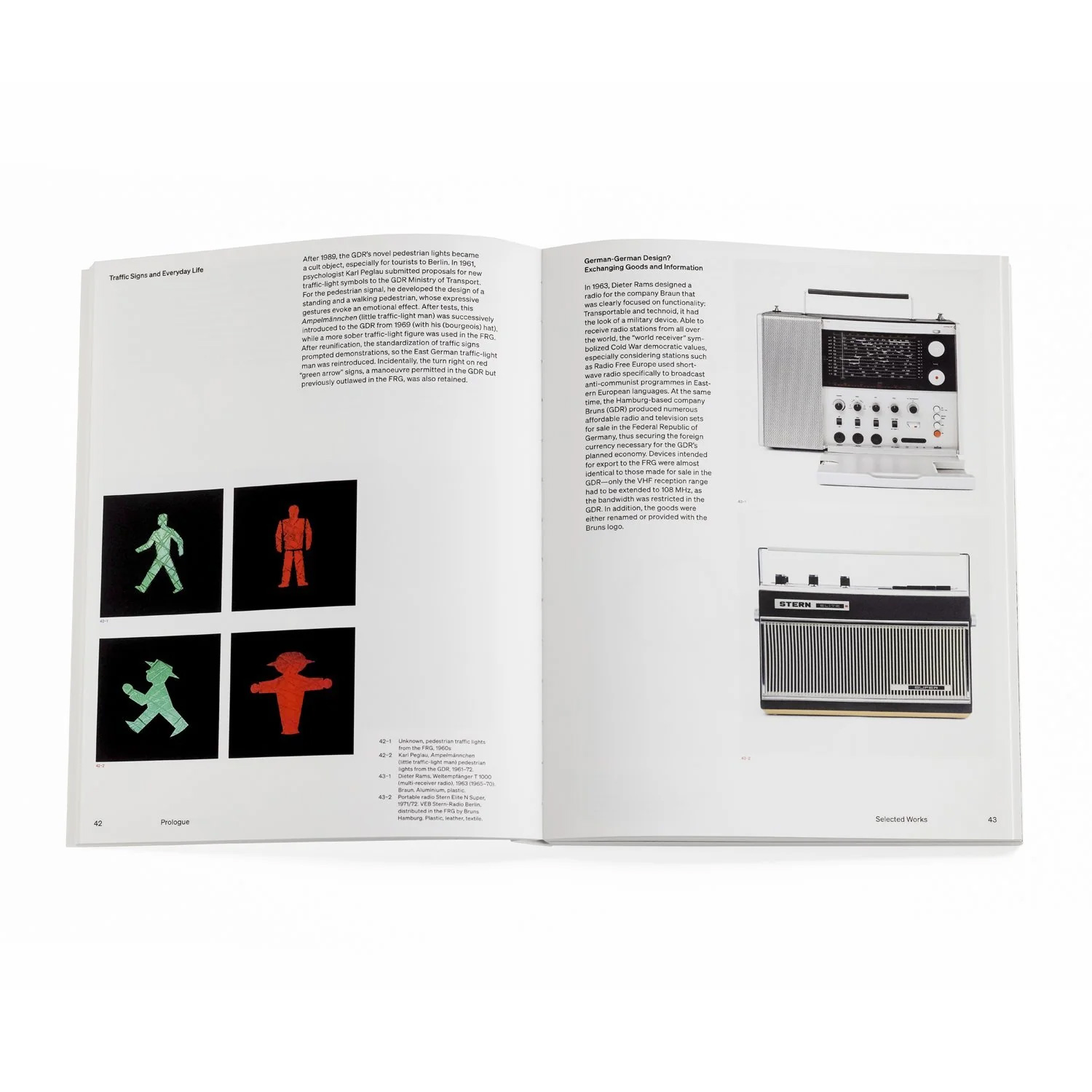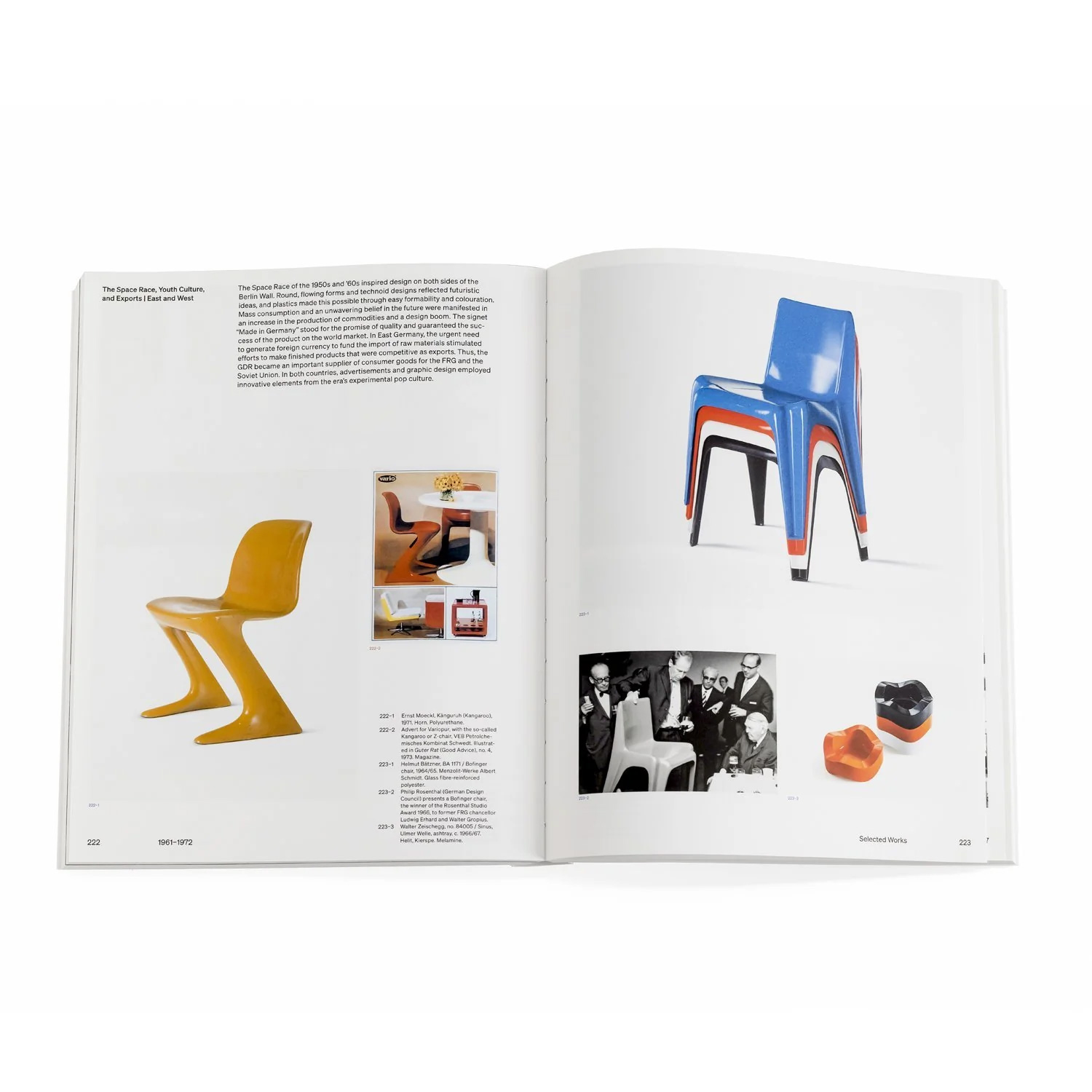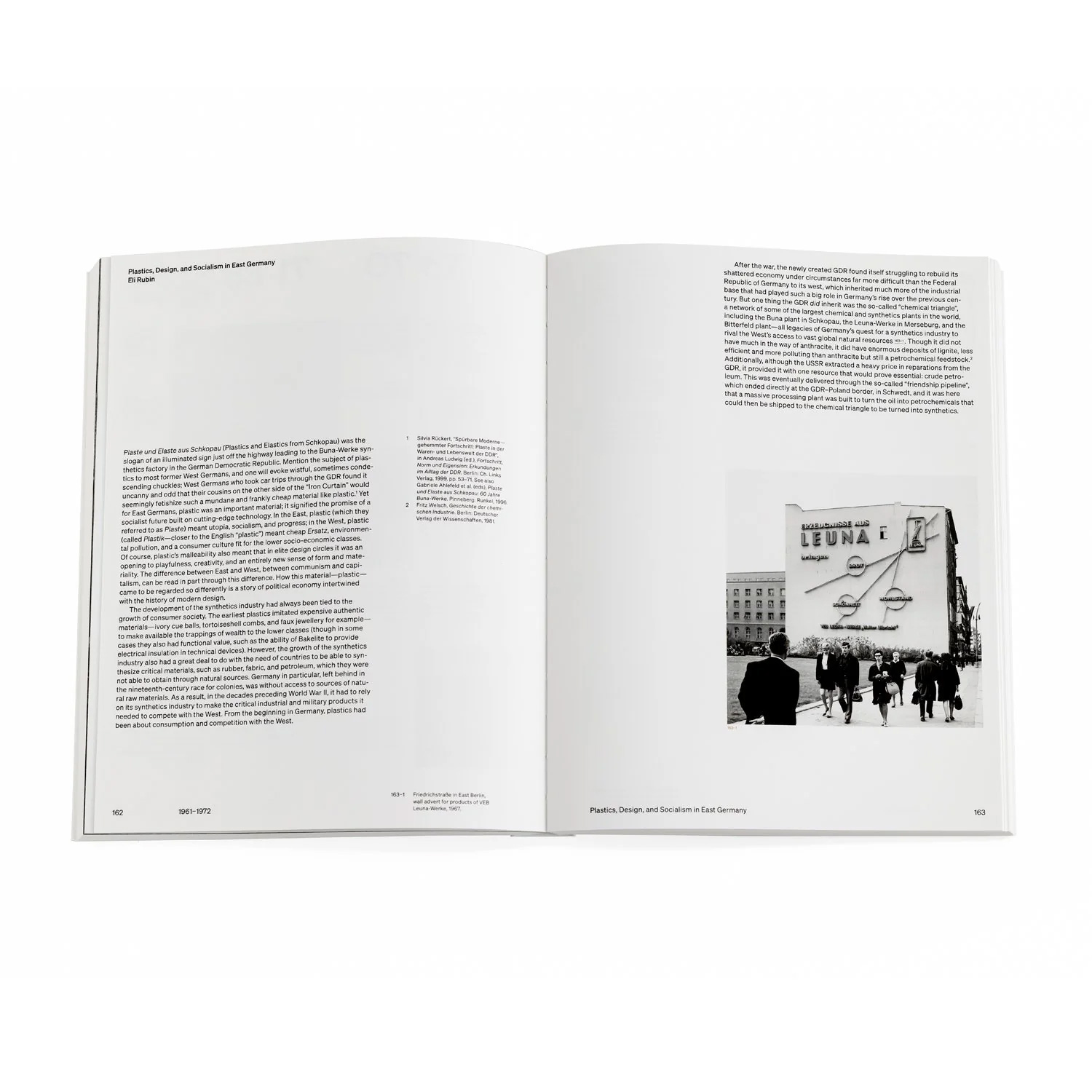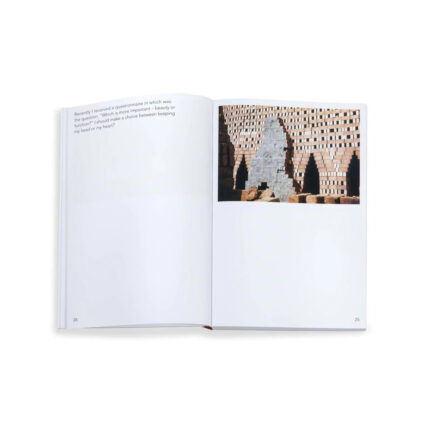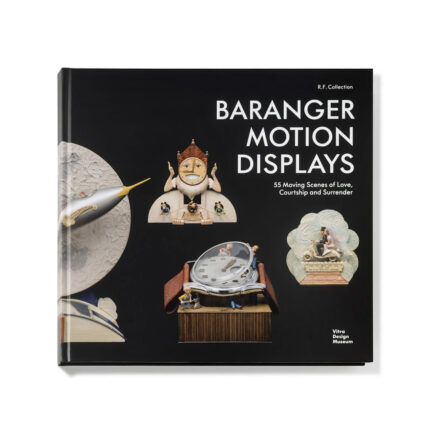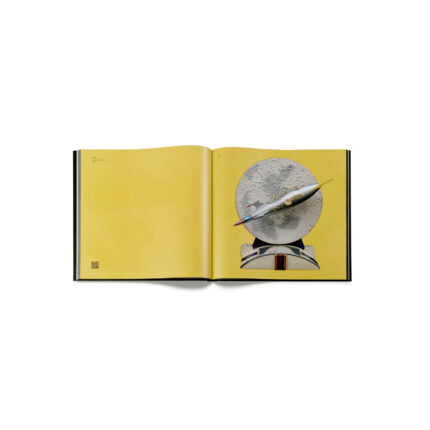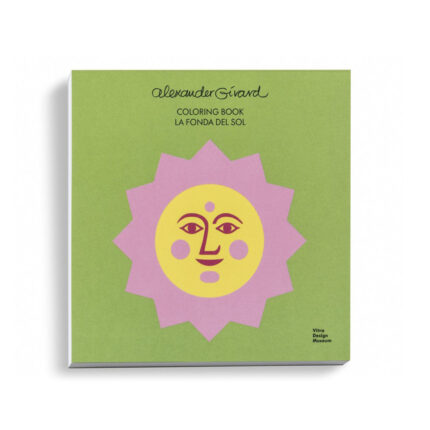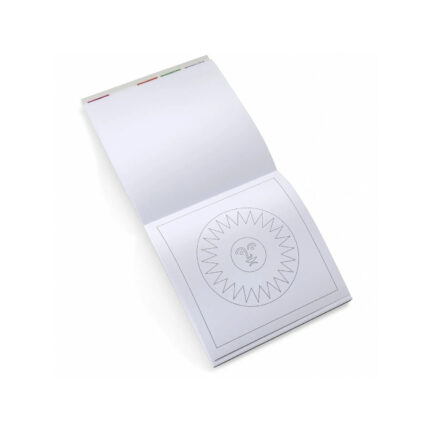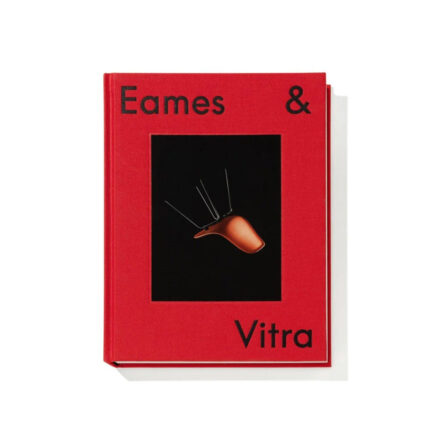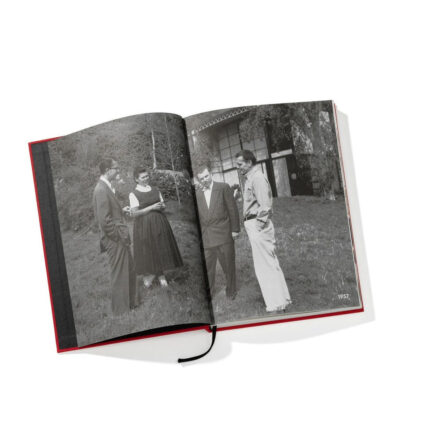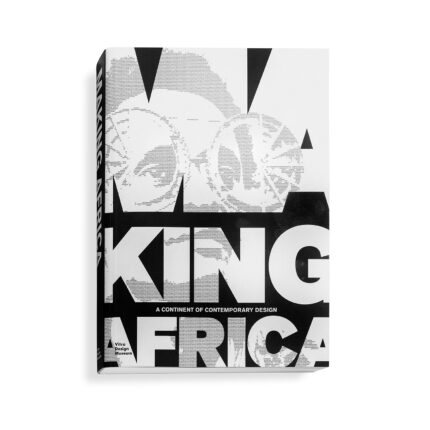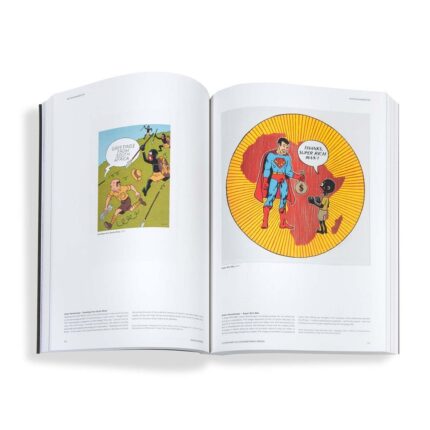German Design 1949-1989: Two Countries, One History
€66,00
The cheap, colorful plastic designs of East Germany stood in contrast to the cool functionalism of West German design: German Design 1949-1989: Two Countries, One History dispels such stereotypes.
For the first time in more than 30 years after German reunification, it offers a comprehensive overview of German design history in the post-war period.
| Brand | |
|---|---|
| Design year | |
| Origin |
Germany |
In stock
You can contact for detailed information.
The cheap, colorful plastic designs of East Germany stood in contrast to the cool functionalism of West German design: German Design 1949-1989: Two Countries, One History dispels such stereotypes.
For the first time in more than 30 years after German reunification, it offers a comprehensive overview of German design history in the post-war period.
With more than 300 illustrations and numerous examples from design fields (fashion, furniture, graphics, automobiles, industrial and interiors), the book shows how design is prominent in everyday life on both sides of the Wall, and the important role it plays in reconstruction. process and how it was used as a propaganda tool during the Cold War. Important objects and protagonists, from Dieter Rams or Otl Aicher in the West to Rudolf Horn or Renate Müller in the East, are presented alongside formative factors such as the Bauhaus heritage and important institutions such as the Ulm School of Design (HfG). The exceptional situation of the division of Germany allows for a unique comparative perspective on the role of design in promoting socialism and capitalism. In the West, it became the generator of the export economy and the “Made in German” brand in the Federal Republic, while in the East it was intended to feed the socialist planned economy and affordability was important for large segments of the population.
While emphasizing the different realities of East and West, the book also examines the many cross-references that link design in both. It impressively illustrates the many facets of German design history in the post-war period: from the local sphere to global politics, from industrial products to the role of design as an instrument of protest that heralded the fall of the Berlin Wall in 1989.
With contributions by Paul Betts, Greg Castillo, Petra Eisele, Siegfried Gronert, Jana Scholze, Katharina Pfützner, Eli Rubin, Katrin Schreiter, Oliver Sukrow, Carsten Wolff and others; interviews with Prem Krishnamurthy, Renate Müller and Dieter Rams.
- Softcover with flaps
- 21.5 x 28 cm, 1.37 kg
- 320 pages, c. 380 images
Language: English
Delivery
- Your orders in the online stock will be delivered within 5 business days at the latest in Istanbul.
- The delivery time of customizable products varies according to product specifications.
Cargo
- Your product is packaged and delivered to you by the Mozaik delivery team in accordance with the procedures.
- Shipping costs depend on the size of your order and the requested destination.
100% Original
Mozaik is an authorized dealer of world famous design brands. All products sent from Mozaik are original and under warranty.
The brands have been selected for the high quality and standardized control of their production.
Guarantee
The quality of our products is at the top of their category and the way we stock and ship them is done in a way that guarantees the safety of the products.
Manufacturers provide a guarantee depending on the type of product. The service is provided directly by the manufacturer brands.











